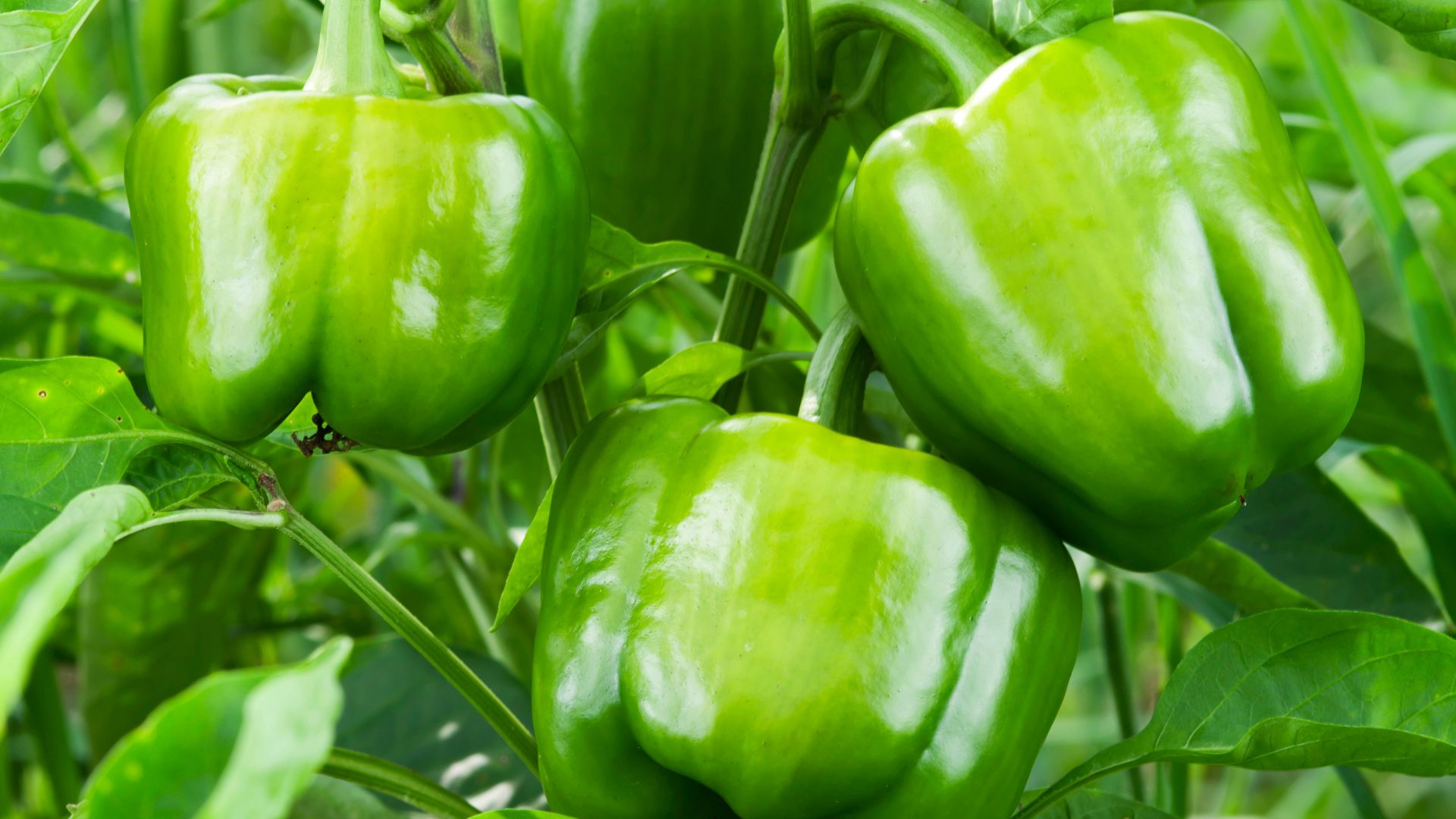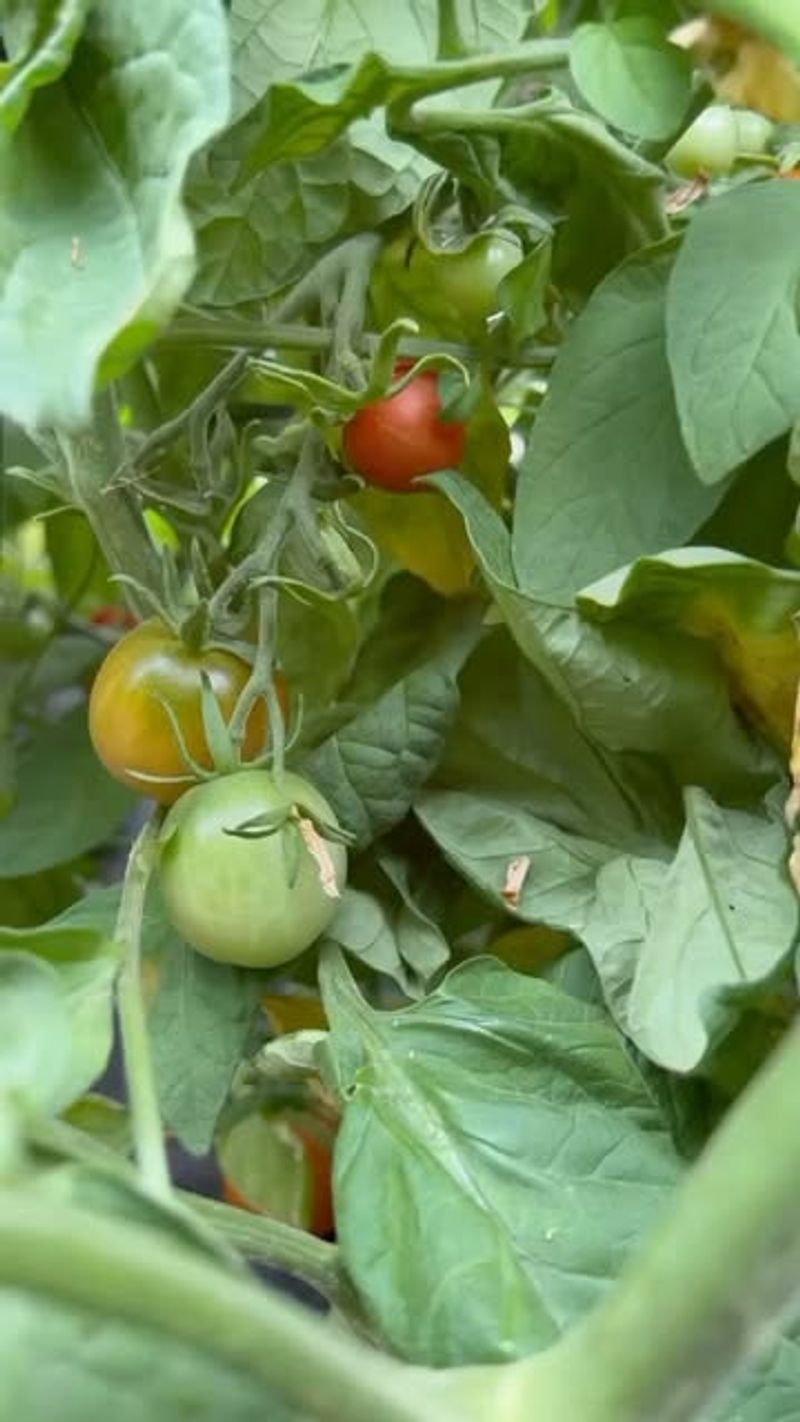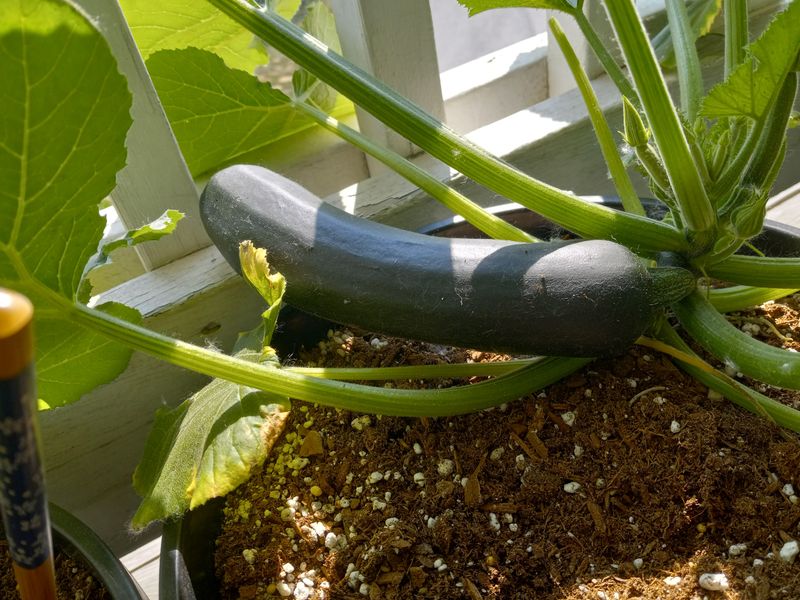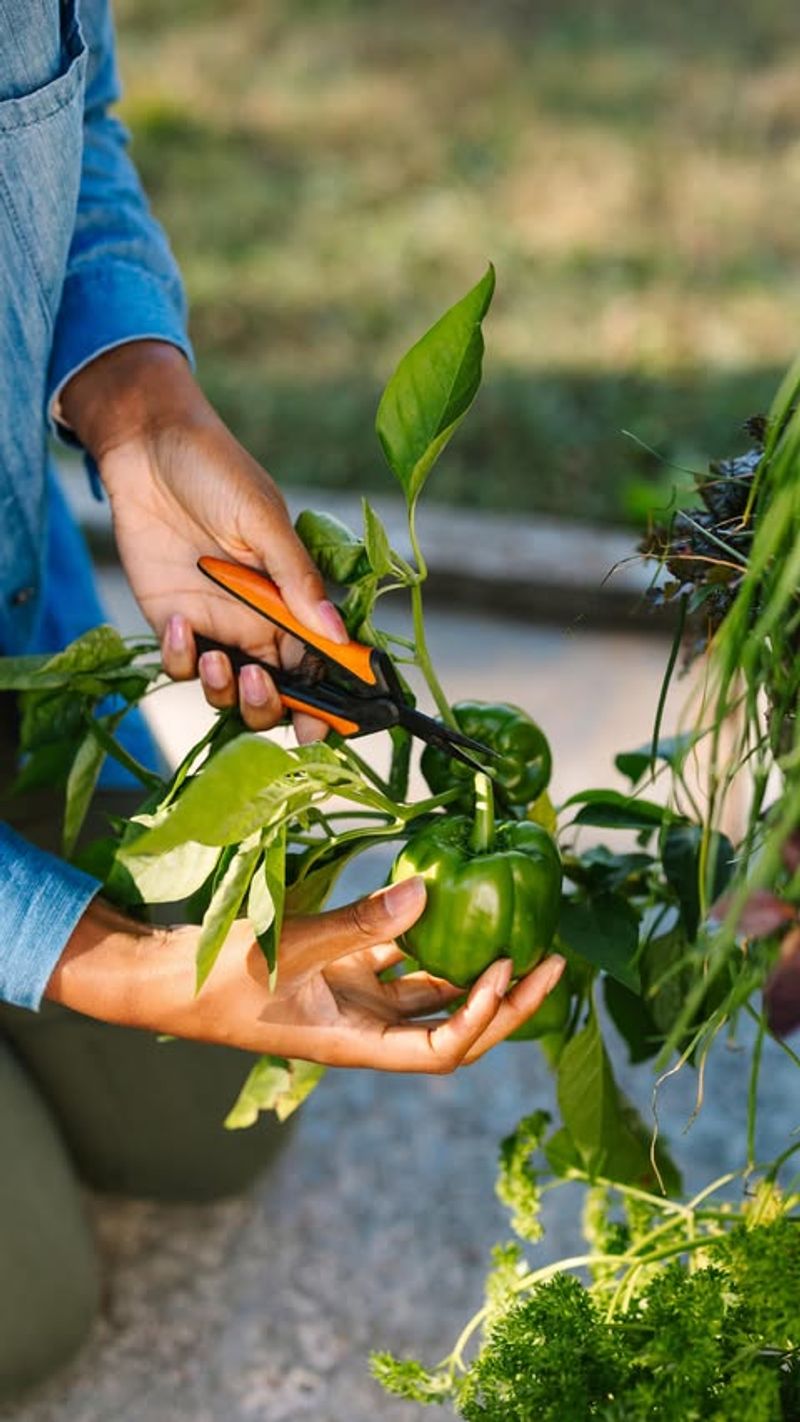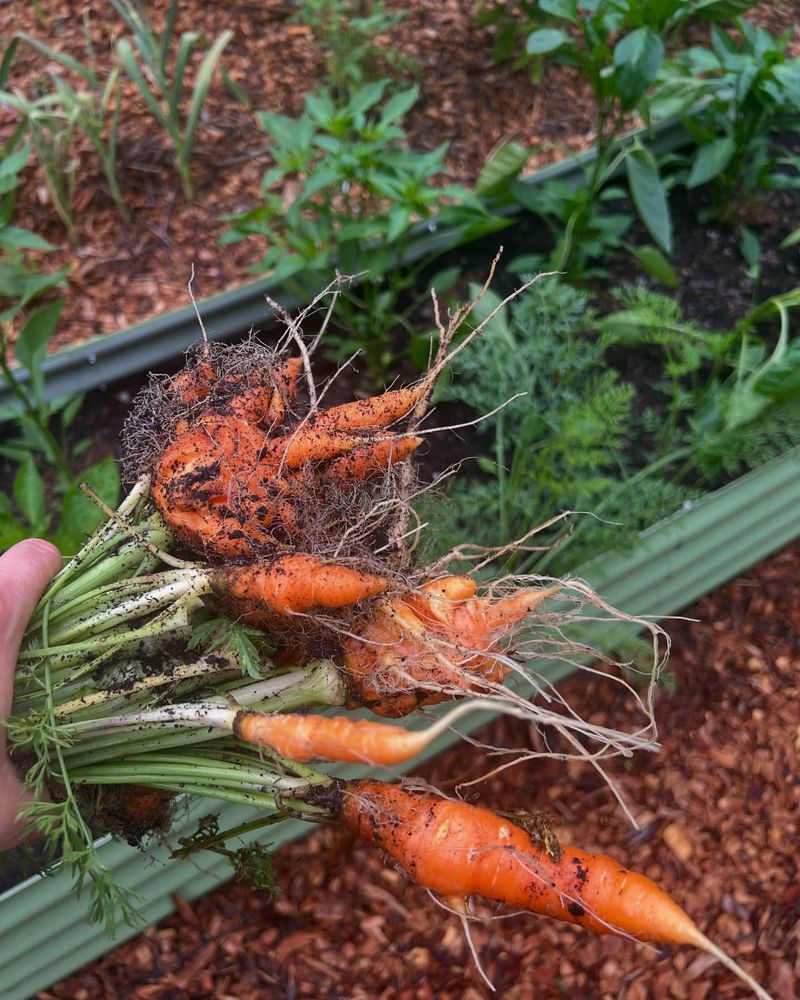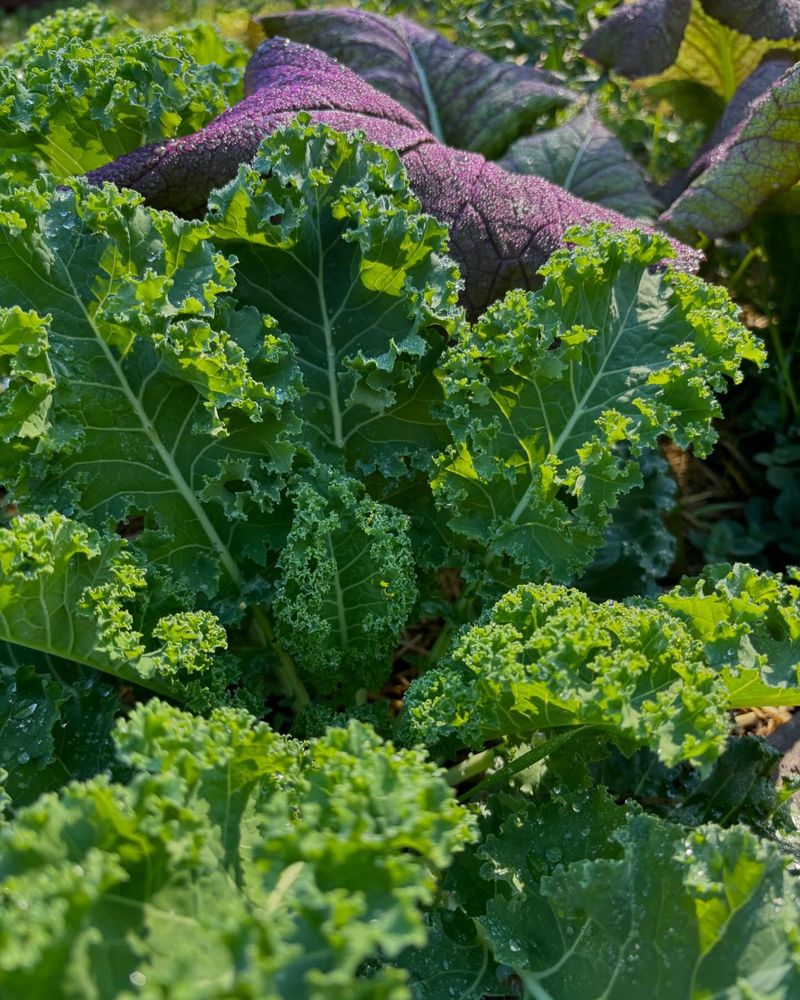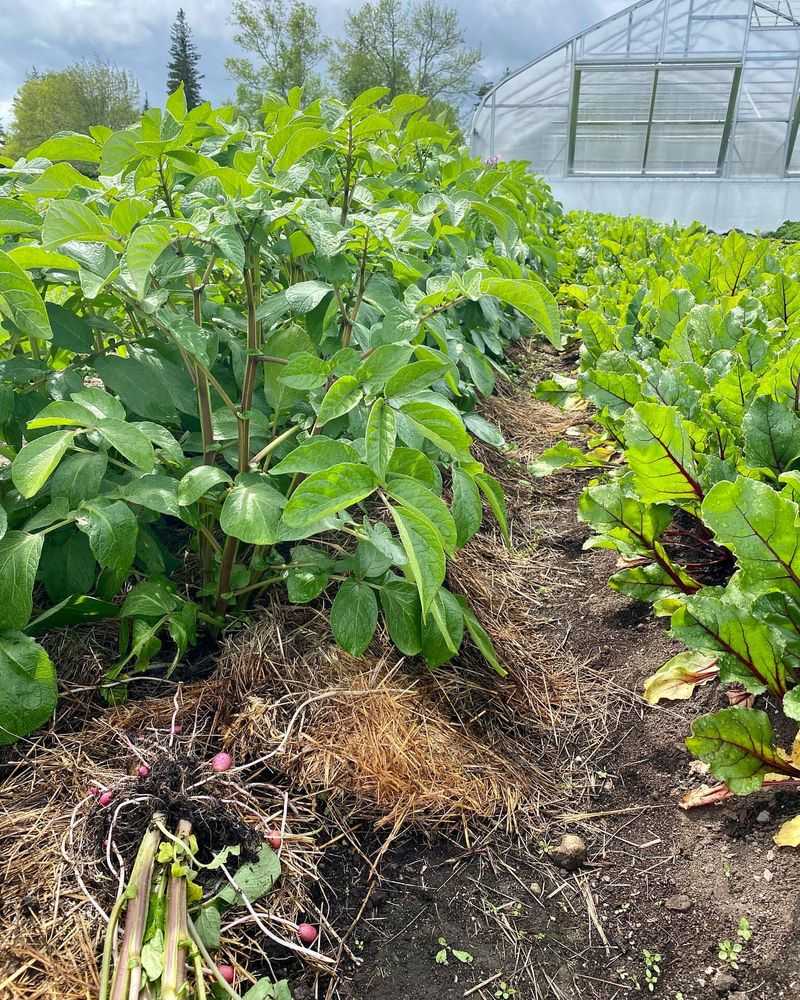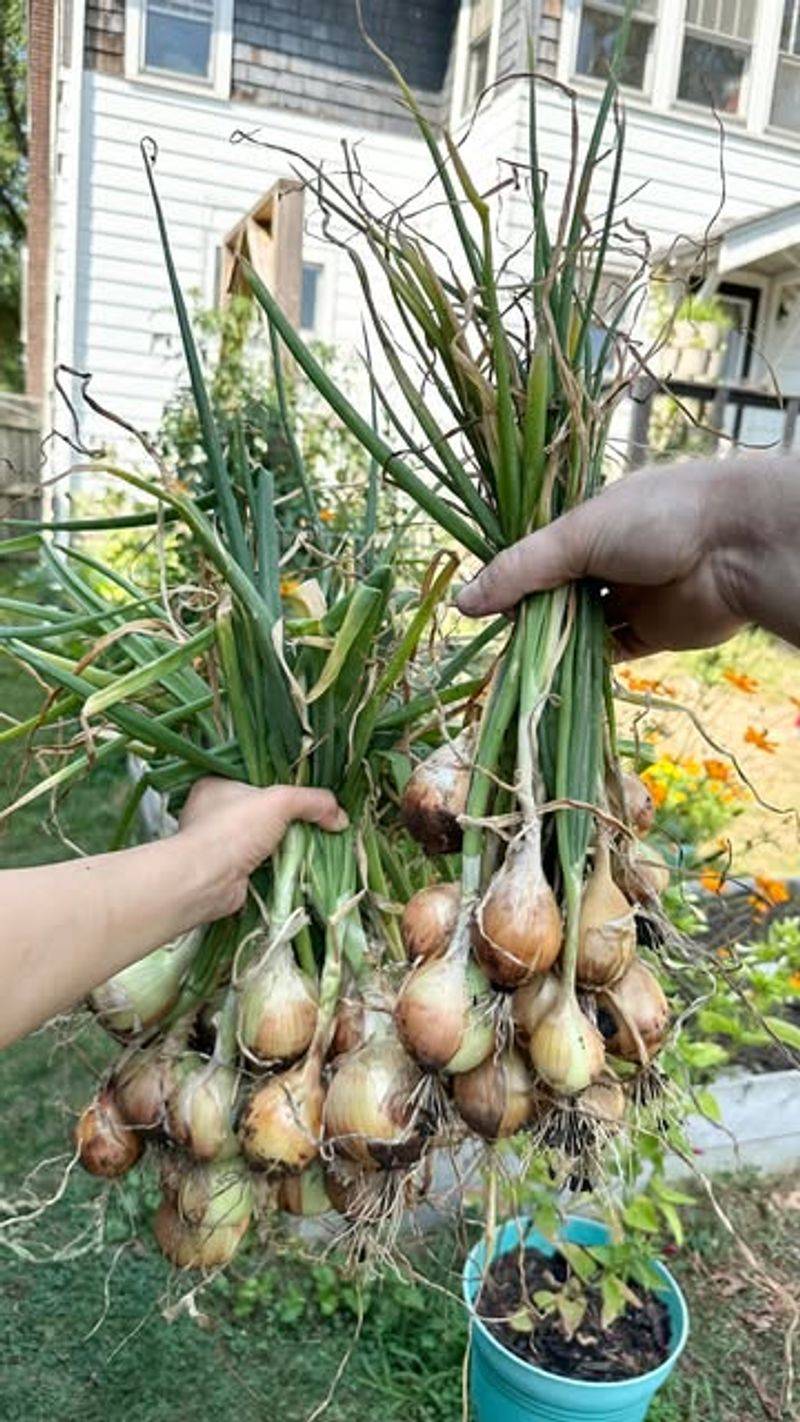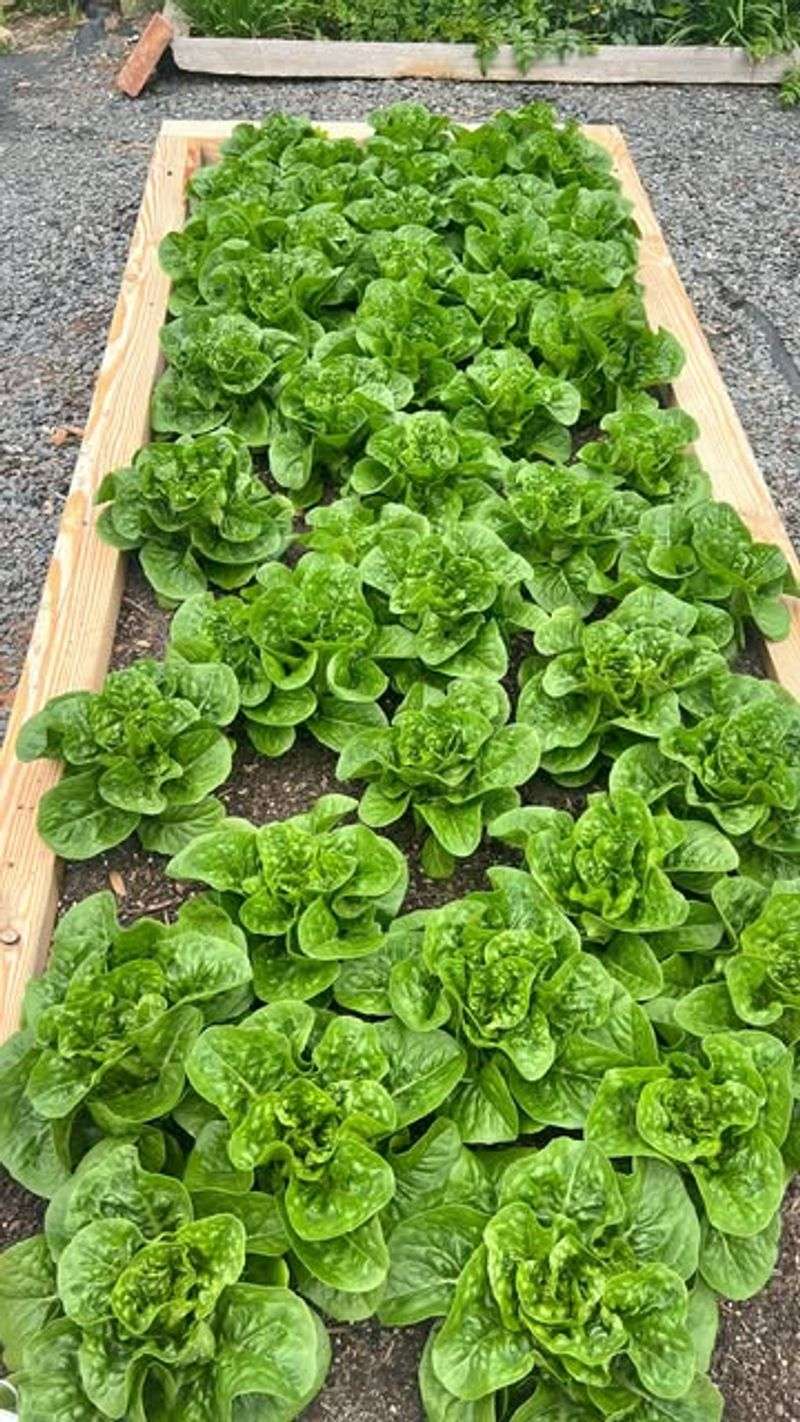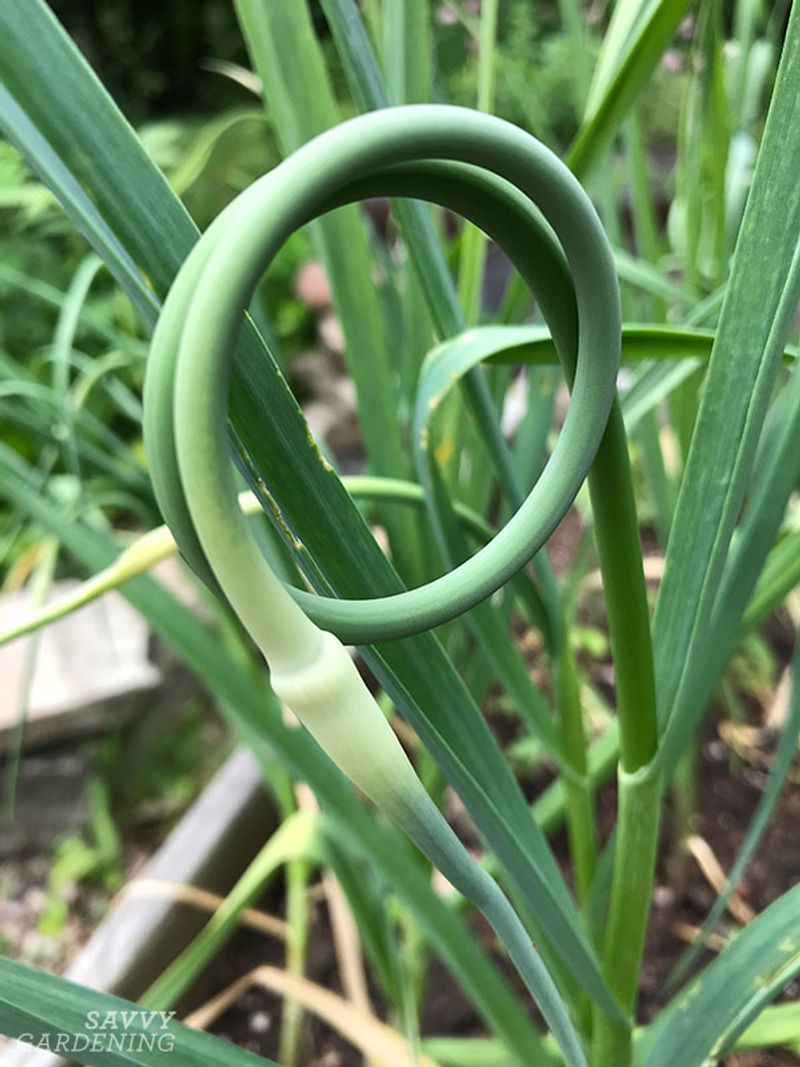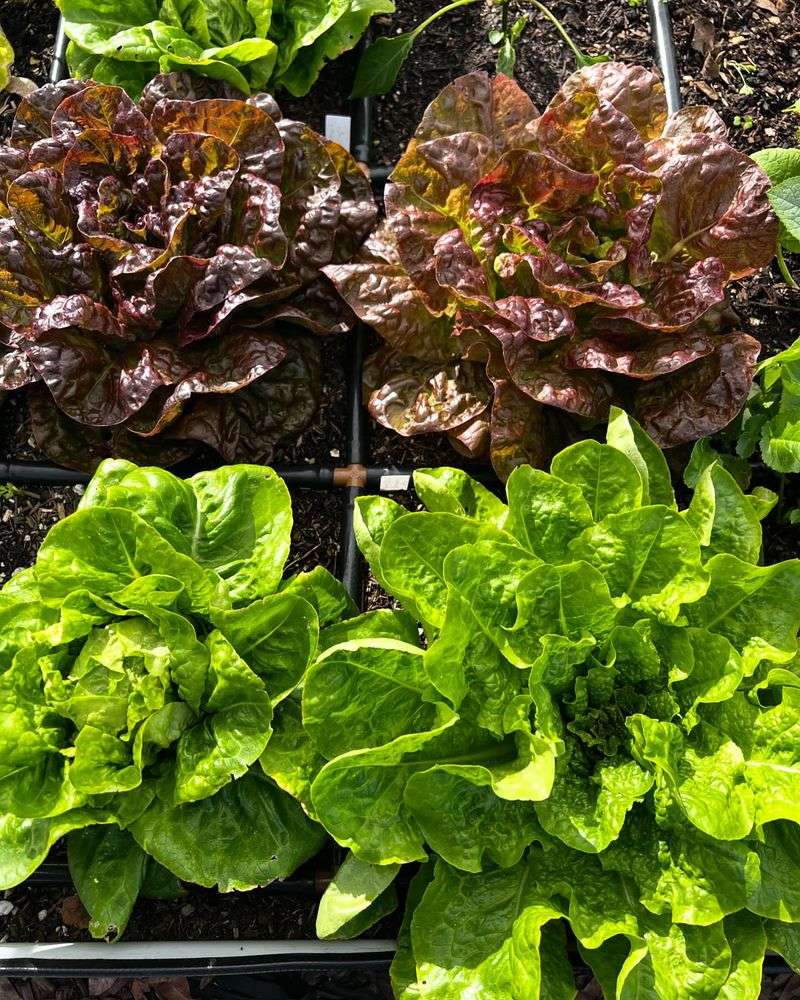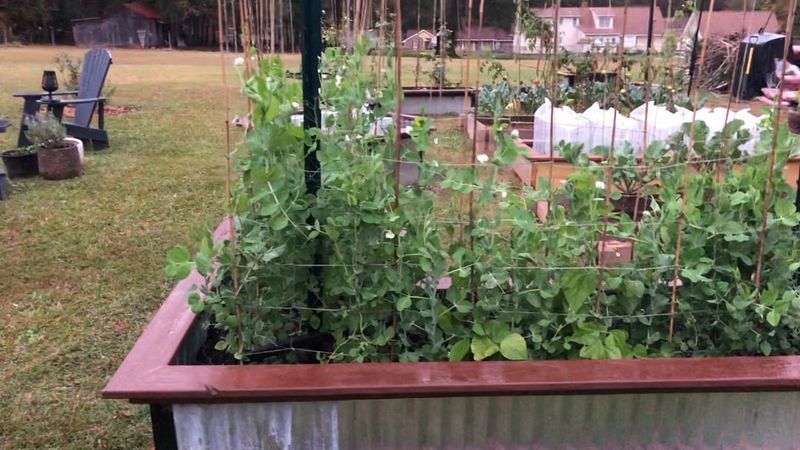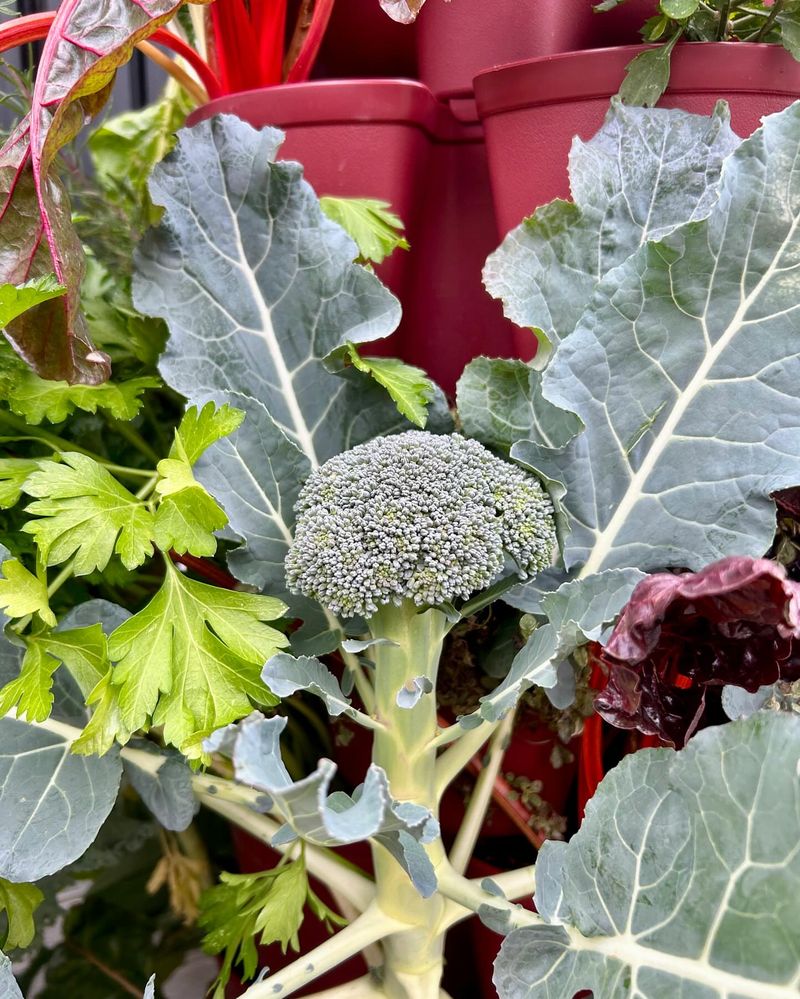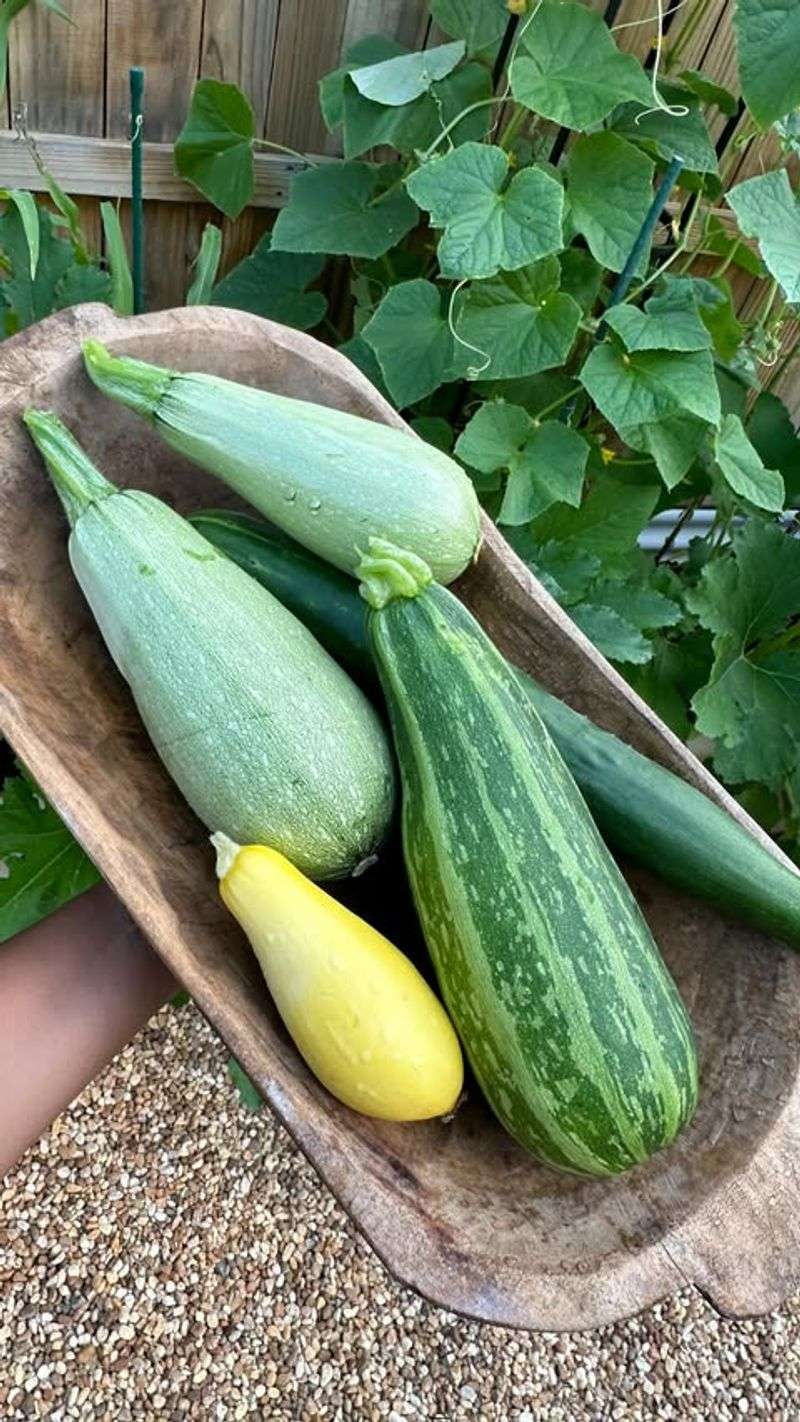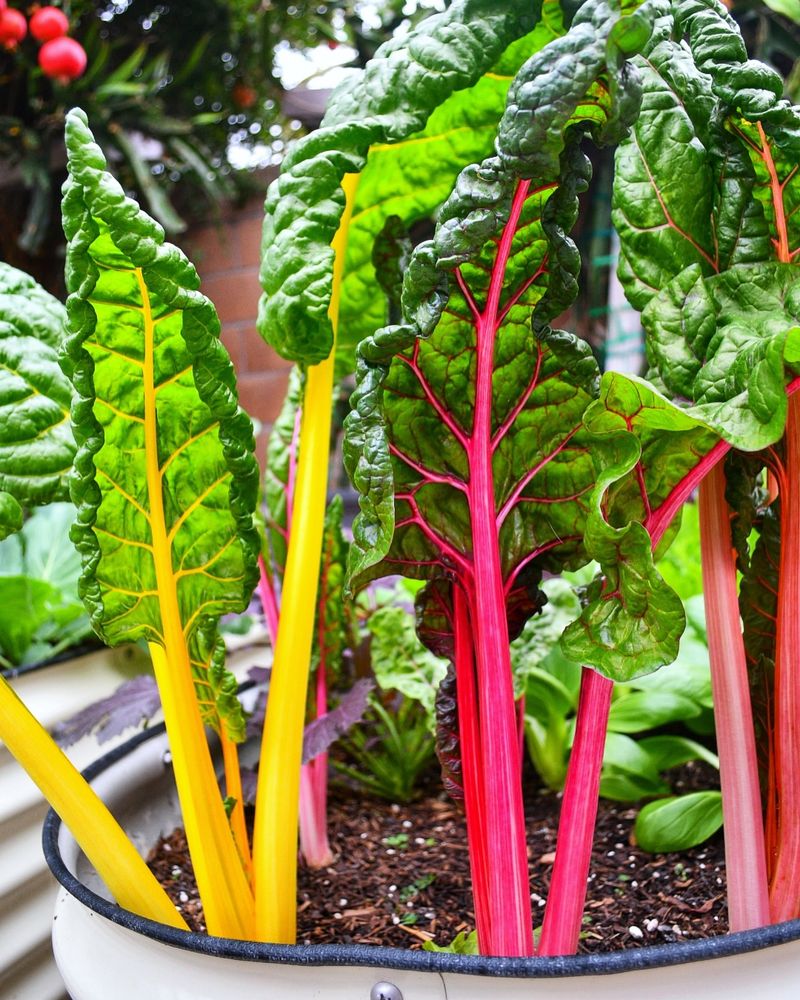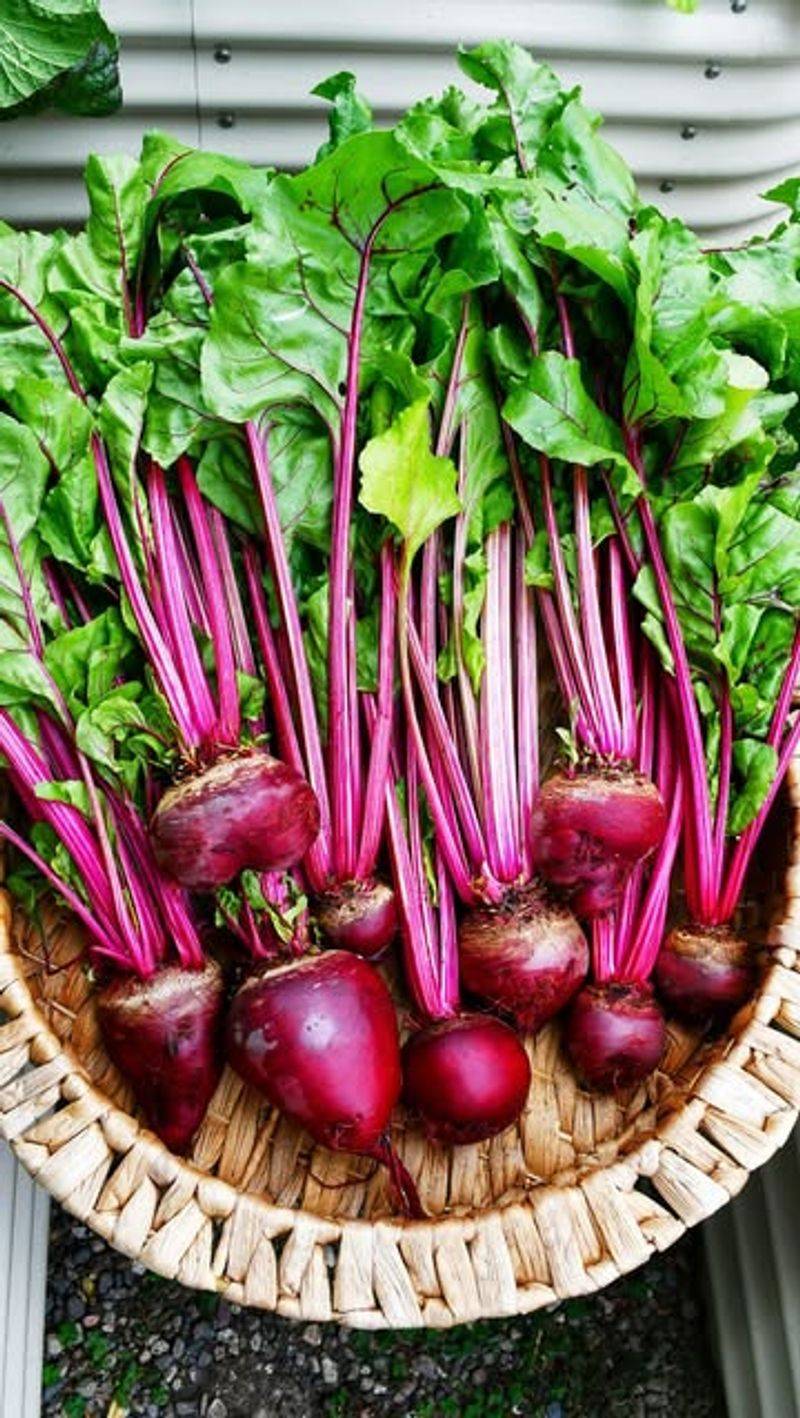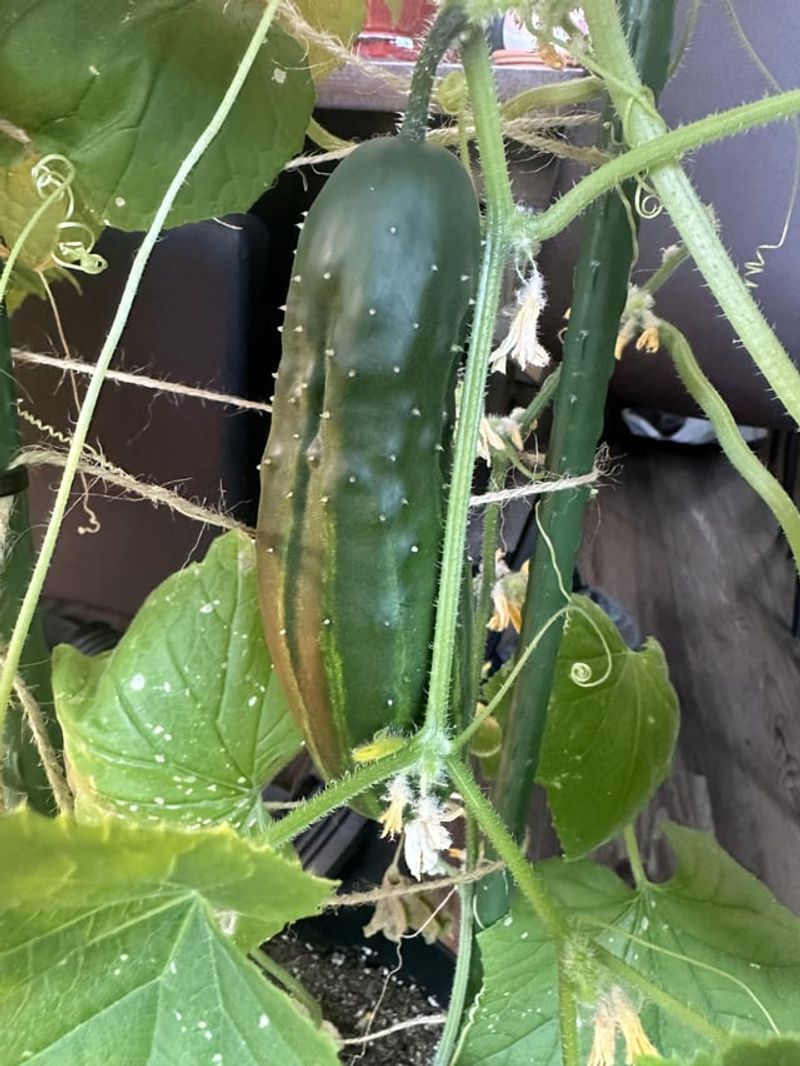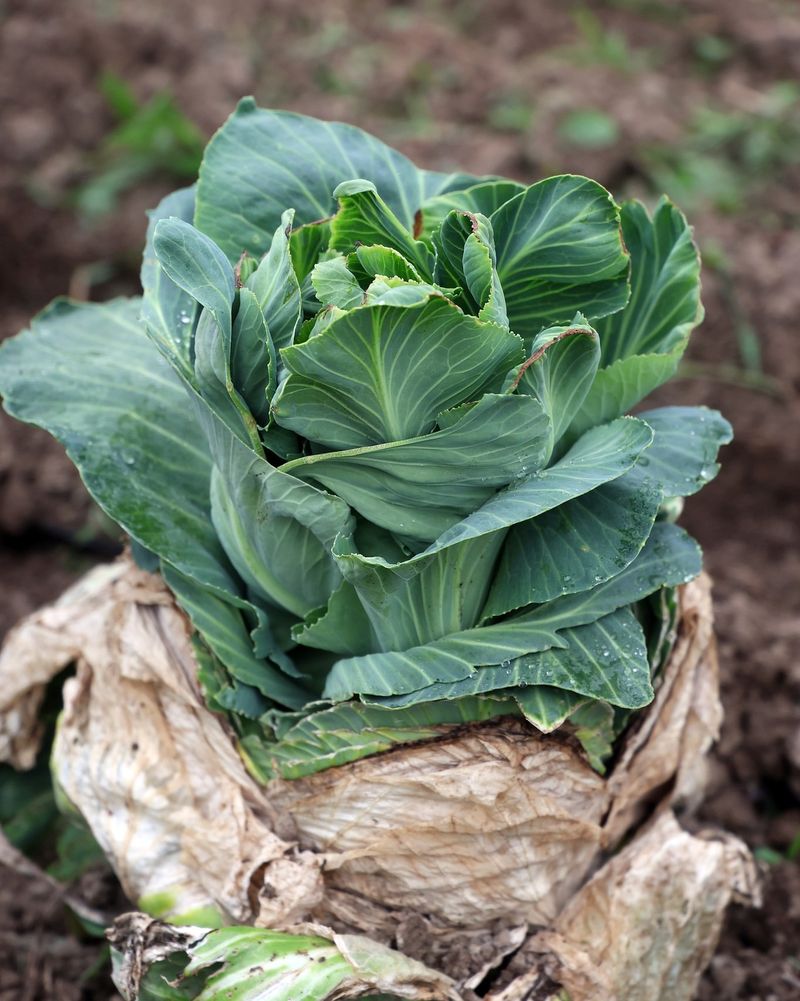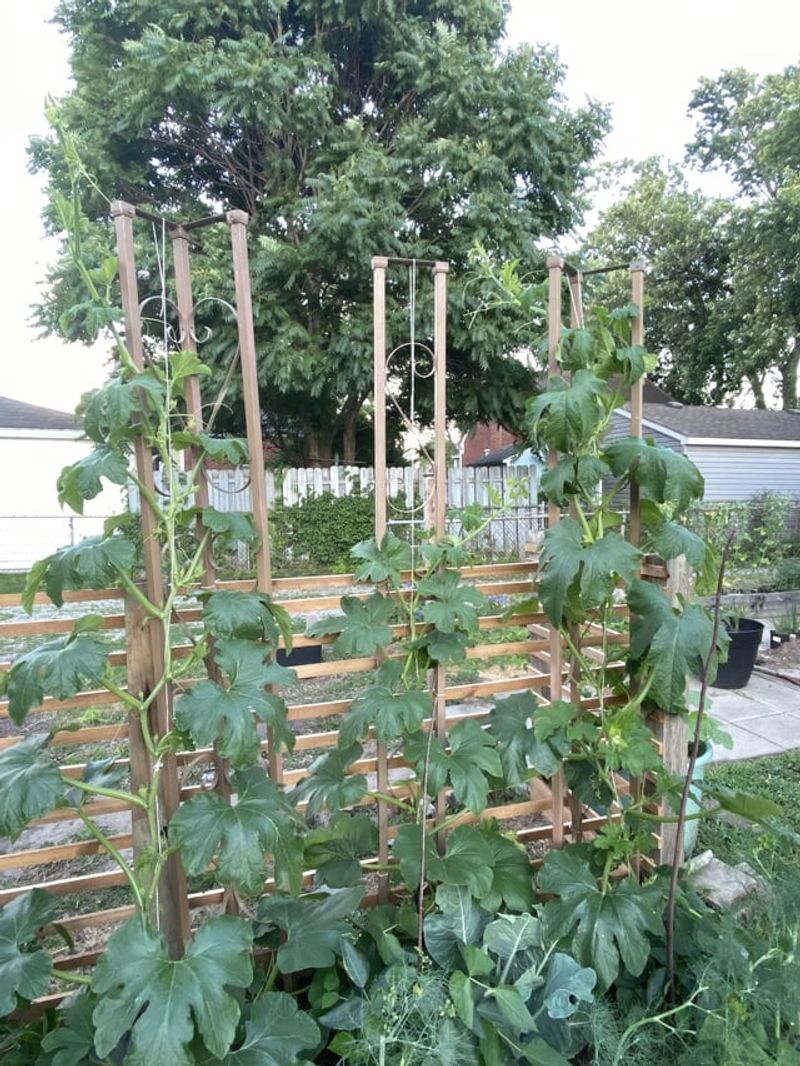Gardening in Utah comes with its quirks—hot summers, cold snaps, and unpredictable storms. But with a bit of smart planning, it’s totally possible to grow your own food and enjoy fresh harvests almost all year long. The secret lies in choosing crops that can roll with the punches.
Utah’s climate rewards those who pick vegetables suited to its highs and lows. Think hearty greens, root veggies, and drought-tolerant staples that won’t quit when the weather gets weird.
With the right mix, your garden can be a steady source of goodness. Below are top picks that thrive in Utah’s soil and seasons. From spring radishes to winter-hardy kale, they offer flavor, resilience, and the kind of satisfaction that only homegrown produce can deliver.
1. Tomatoes
Nothing beats the flavor of homegrown tomatoes picked at peak ripeness. In my Utah garden, I’ve found that starting seedlings indoors about 6-8 weeks before the last spring frost gives them the best head start.
Our hot, dry summers create perfect conditions for these sun-lovers once the danger of frost passes in mid-May. Just remember that consistent watering is crucial during those scorching July days.
For year-round enjoyment, try preserving your summer bounty through canning, freezing, or drying. Roma varieties work exceptionally well for sauce-making projects that’ll brighten winter meals.
2. Zucchini
Many gardeners joke about the overwhelming productivity of these summer squash plants. Just two or three plants can easily feed an entire family throughout the growing season in our Utah climate.
Early summer brings the tender, young fruits that taste best when harvested at 6-8 inches long. Don’t turn your back too long or you’ll find yourself with baseball bat-sized monsters hiding under those large leaves!
For dealing with the inevitable surplus, grated zucchini freezes beautifully for winter baking projects. My neighbors have learned to expect surprise doorstep deliveries during peak season.
3. Bell Peppers
Sweet and crunchy, these garden favorites thrive in our warm Utah summers. The plants appreciate the heat but benefit from afternoon shade during the hottest days of July and August.
Starting with green peppers is most economical, though waiting for them to ripen to red, yellow, or orange delivers sweeter flavor and more nutrients. Our long growing season usually allows for full color development before the first fall frost.
Slicing extras for the freezer ensures you’ll have garden-fresh additions for winter stir-fries and soups. No special treatment needed—just core, slice, and freeze in zip-top bags.
4. Carrots
Our Utah soil presents challenges for root vegetables, but the results are worth the effort. Mixing in sand or well-aged compost helps create the loose, stone-free soil these orange beauties need to develop straight roots.
Succession planting every 2-3 weeks from early spring through mid-summer ensures continuous harvests. The sweetest carrots often come from fall harvests after light frosts have converted their starches to sugars.
Leave some in the ground under a thick mulch layer for winter harvesting—a trick I learned from my grandfather. There’s something magical about digging sweet carrots from beneath the snow in December.
5. Kale
Hardy and productive, kale stands up beautifully to Utah’s temperature fluctuations. Spring plantings provide leafy greens through early summer, while fall crops often survive well into winter with minimal protection.
Harvesting outer leaves while leaving the growing center intact allows for months of continuous production from each plant. The flavor actually improves after light frosts, becoming sweeter and less bitter.
For best texture in the kitchen, massage tough leaves with a bit of salt to break down the fibers. My favorite variety is ‘Lacinato’ (also called dinosaur kale) for its tender texture and nutty flavor.
6. Potatoes
Growing these underground treasures feels like a magic trick every harvest time. Our well-drained Utah soils can produce impressive yields when amended with organic matter to retain moisture and nutrients.
Early varieties like ‘Yukon Gold’ can be planted as soon as the soil can be worked in spring. For longer storage, try ‘Russet’ or ‘Kennebec’ varieties that develop thicker skins and store beautifully through winter.
Proper curing after harvest makes all the difference for storage life. I let mine sit in a dark, cool place for about two weeks before transferring to the root cellar for winter use.
7. Green Beans
Quick to produce and incredibly prolific, green beans are summer garden superstars in Utah’s climate. Both bush and pole varieties perform well, with pole types offering space-saving benefits and longer harvest periods.
Direct sowing after danger of frost has passed leads to the best results. Successive plantings every 2-3 weeks can extend the harvest from early summer through fall frost.
Picking regularly encourages more production—a task my children have always enjoyed helping with. The tender young pods snap easily and taste sweetest when harvested before the beans inside become too developed.
8. Onions
Understanding day length is crucial for successful onion growing in our northern Utah location. Long-day varieties perform best here, forming bulbs as our summer days stretch toward their maximum length.
Starting from sets (small bulbs) is the easiest method for beginners, while experienced gardeners might prefer seeds started indoors in late winter. Proper spacing allows bulbs to reach their full potential size.
Curing properly after harvest greatly extends storage life. Braiding the tops of storage varieties creates both functional food storage and rustic kitchen decoration—a technique my grandmother taught me years ago.
9. Spinach
Fast-growing and nutrient-dense, spinach thrives in Utah’s cool spring and fall temperatures. Summer heat causes it to bolt quickly, so timing plantings for cooler periods maximizes success.
Sowing seeds directly in the garden as soon as soil can be worked in early spring provides the longest spring harvest window. Fall plantings started in late August often overwinter successfully with minimal protection, providing early spring harvests.
Successive plantings every 10-14 days during favorable seasons ensures continuous fresh leaves. Cold frames extend the growing season significantly—I’ve harvested fresh spinach on Christmas morning from my protected beds.
10. Garlic
Fall-planted garlic develops strong roots before winter dormancy, then explodes with growth when spring arrives. Our cold Utah winters provide the perfect chilling period this crop needs for proper bulb formation.
Planting individual cloves in October, about 6 weeks before the ground freezes, yields the largest heads the following summer. Mulching heavily after planting protects against winter temperature fluctuations that could damage developing plants.
Harvesting scapes (flower stalks) in late spring provides an early garlic flavor while improving bulb size. The pesto made from these curly green shoots has become a spring tradition in my household.
11. Lettuce
Cool-season lettuce provides the earliest spring harvests and returns for an encore in fall. Heat-tolerant varieties extend the season but shade cloth helps during our intense Utah summer sun.
Planting a diverse mix of varieties—butterhead, romaine, leaf, and crisphead—creates interesting salads and staggers harvest times. Picking outer leaves while allowing centers to continue growing maximizes yields from each plant.
Cold frames and low tunnels can extend the growing season dramatically at both ends. With these simple protection methods, I’ve maintained fresh salad harvests for all but the coldest six weeks of winter.
12. Peas
Sweet, crisp, and productive, peas signal the beginning of the growing season in Utah gardens. Their ability to fix nitrogen improves soil for later crops, making them excellent rotation partners.
Planting as soon as soil can be worked in early spring takes advantage of cool temperatures these legumes prefer. Trellising even bush varieties improves air circulation and makes harvesting easier.
Succession planting through April extends the harvest season before summer heat ends production. Fall crops planted in August often yield well until hard frosts arrive—a second chance at this spring favorite.
13. Broccoli
Spring and fall plantings of this nutritional powerhouse avoid the bitter taste that develops in summer heat. Starting seeds indoors gives plants a jump-start on our relatively short spring season in Utah.
Harvesting the main head encourages side shoot production that can continue for weeks. These smaller florets are perfect for stir-fries and quick cooking methods.
Fall crops often produce the sweetest flavor after light frosts improve their taste. Floating row covers protect against cabbage moths whose caterpillars can quickly devastate unprotected plants—a lesson I learned the hard way my first gardening season.
14. Summer Squash
Beyond the ubiquitous zucchini, varieties like yellow crookneck, patty pan, and Lebanese offer diversity in the summer garden. These heat-lovers thrive in Utah’s warm growing season once soil temperatures stabilize.
Planting after danger of frost has passed ensures strong growth without setbacks. Hand-pollinating early morning flowers sometimes becomes necessary if native bee populations are low.
Picking young squash every other day maintains tenderness and encourages continued production. Our dry climate reduces disease pressure compared to humid regions—one advantage of Utah vegetable gardening.
15. Swiss Chard
Colorful and resilient, Swiss chard provides beauty and nutrition from spring through late fall in Utah gardens. The ‘Bright Lights’ variety with its rainbow stems adds visual interest to both garden beds and dinner plates.
Heat tolerance exceeds that of most leafy greens, making chard valuable during summer when lettuce and spinach struggle. Consistent harvesting of outer leaves allows plants to continue producing for months.
Light frosts actually improve flavor by increasing sugar content. With minimal protection, plants often survive Utah winters to produce an early spring flush before going to seed.
16. Beets
Dual-purpose beets provide both nutritious roots and tasty greens from the same plant. Our alkaline Utah soils generally produce excellent beet crops when amended with organic matter.
Succession planting every 3-4 weeks from early spring through late summer ensures continuous harvests. Thinning seedlings provides the first harvest of tender baby greens for salads.
Fall-planted beets often size up beautifully before winter and store well in the ground with mulch protection. The earthy sweetness intensifies after light frosts—perfect for roasting or adding to winter soups.
17. Cucumbers
Crisp and refreshing, cucumbers celebrate summer in Utah gardens. Providing a trellis for vining varieties saves space and produces straighter fruits with cleaner skins.
Regular harvesting keeps plants producing through the season. Picking every other day prevents any fruits from becoming oversized and bitter, which signals the plant to reduce production.
Our dry climate helps reduce the powdery mildew that often plagues cucumbers in humid regions. Morning watering at soil level (avoiding wet foliage) further prevents disease issues in our Utah gardens.
18. Cabbage
Dense heads of cabbage store well into winter after fall harvests. Spring plantings work too, but fall crops generally develop better flavor in our cooling Utah autumn temperatures.
Starting seeds indoors about 6-8 weeks before transplanting gives these slow-growing plants the time they need to mature. Proper spacing allows heads to reach full size without crowding.
Row covers prevent damage from cabbage moths while plants establish. Homemade sauerkraut and kimchi transform abundant fall harvests into probiotic-rich foods that last through winter—preserving methods I’ve perfected over years of dealing with cabbage surpluses.
19. Winter Squash
Butternut, acorn, and spaghetti squash provide months of storage life after fall harvest. Their sprawling vines need space but reward Utah gardeners with nutrient-dense food for winter meals.
Planting after soil warms in late spring gives these heat-lovers the long growing season they need to mature properly. Proper curing after harvest—about two weeks in a warm, dry location—improves storage quality dramatically.
Most varieties store for 3-6 months in cool, dry conditions without special treatment. My basement storage room maintains the perfect temperature range for keeping these garden treasures until spring crops begin again.

